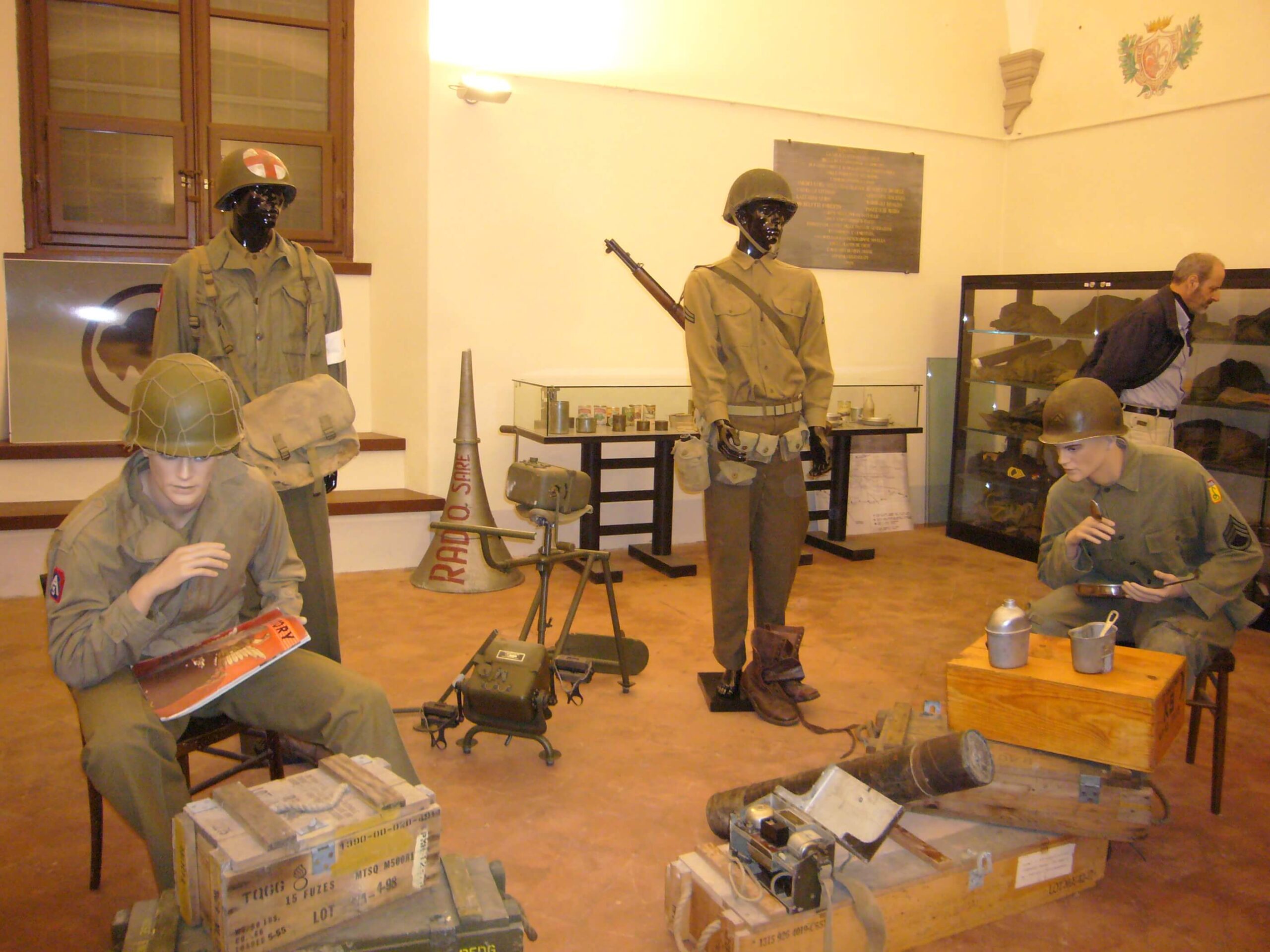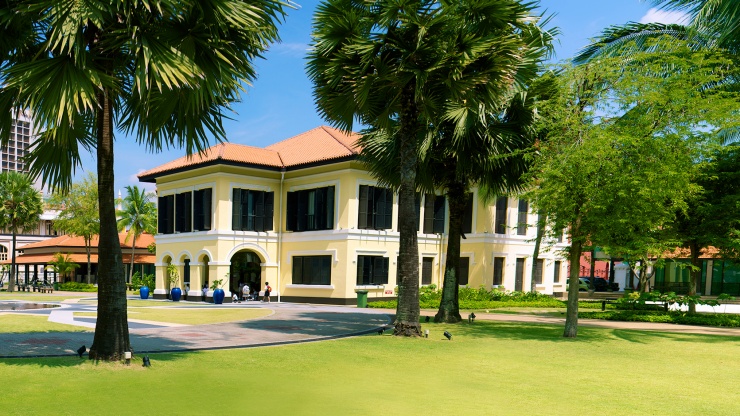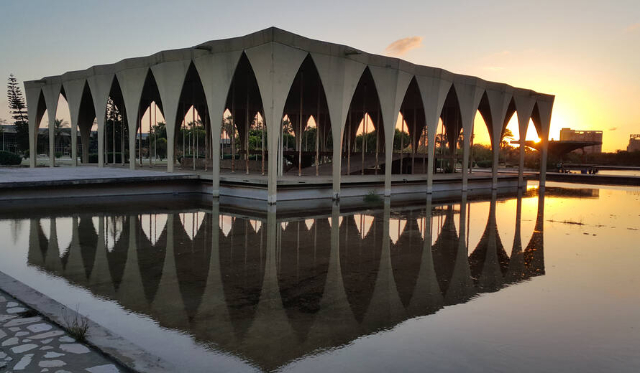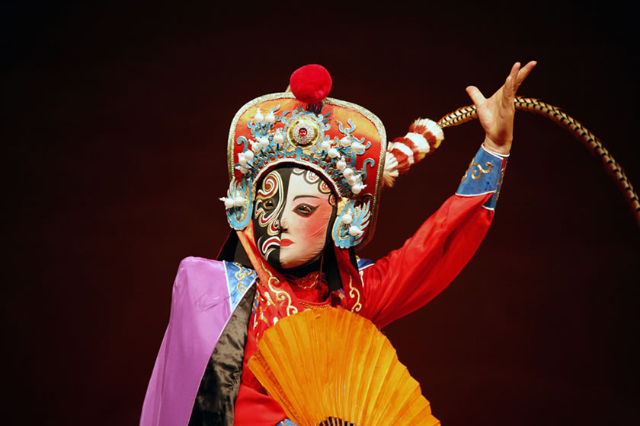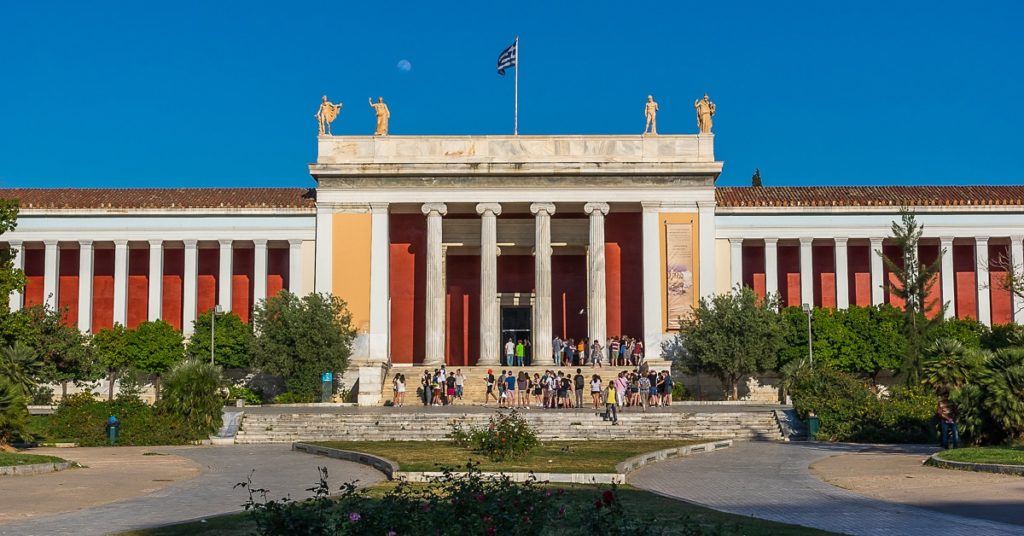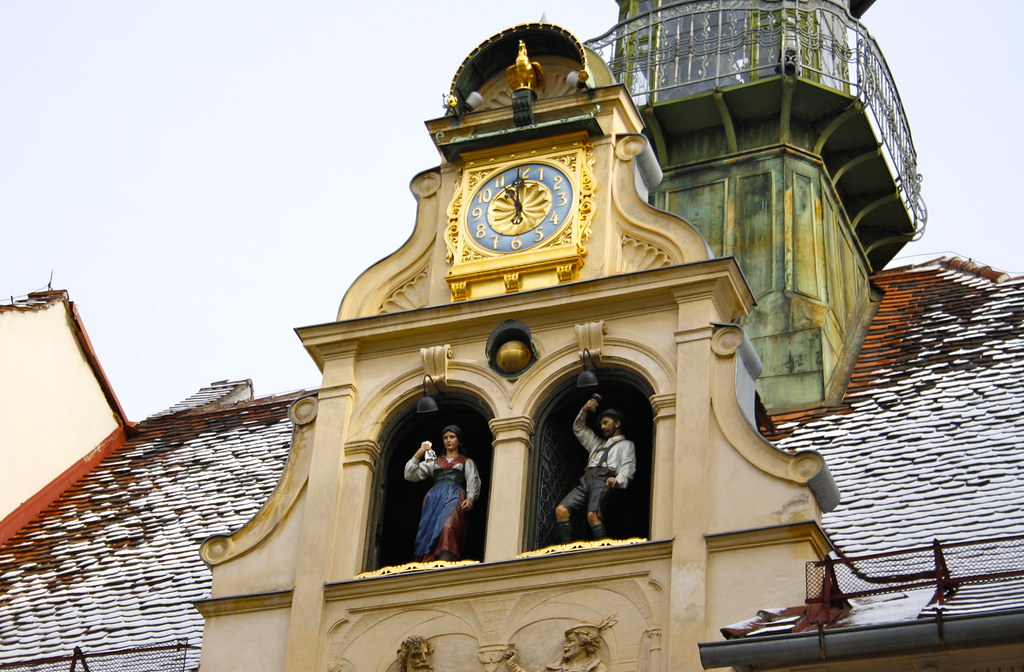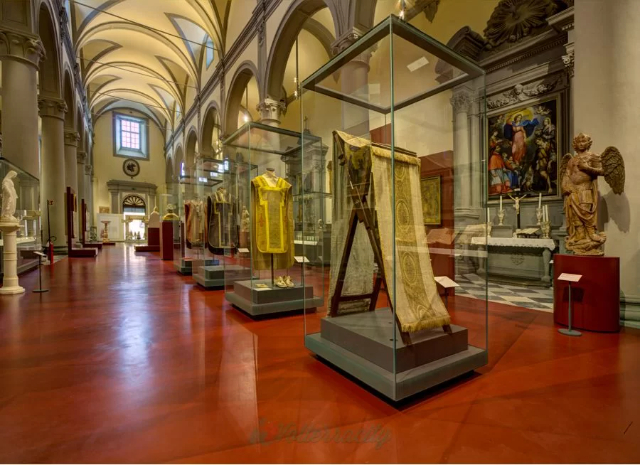During the Second World War Lucca played a pivotal role in the western sector of the Gothic Line. It was the base of many commands and, for eight months, was behind the Line that saw several allied contingents engaged. The first armed gangs in the province of Lucca were formed in Versilia at the end of 1943 around the figure of Gino Lombardi who, together with about fifteen or so comrades, to which were added stragglers and soldiers who were reluctant to serve, gave life to the formation of the Hunters of the Apuane. To these first formations, since April 1944, were added others connected to the Cln of Viareggio. The Historical Museum of the Liberation of Lucca, located in Palazzo Guinigi, in the center of Lucca, was founded in 1988 on the initiative of the Tuscan Association of Freedom Volunteers and the Centre for Democratic Education. Over the years, the museum has rethought its role and its structure and today it presents itself not only as a container of goods and memory conservator, but also and above all as a promoter of culture.
Its quality, therefore, no longer derives only from the wealth of its heritage, which remains, but also from its ability to provide services, to promote research and culture and to qualify the development of the surrounding area by creating a network with it. In the current management of the museum, therefore, coexist the promotion of the territory from a tourist point of view and the promotion of historiographical research, through the link with universities, publishing houses, associations and other museums. The main themes of the museum route are the Gothic Line and the different phases of the War of Liberation in the province of Lucca. Each room houses a different section following a chronological layout: from the Great War to the partisan struggle of 1943-45. In the different rooms small war scenarios are recreated with mannequins and dioramas to show visitors also the "human" sides of the fighters, through the display of weapons and equipment but also daily materials such as small consumer products, medical instruments and laboratory tools, up to personal items. The museum also houses documents relating to racial laws, Italian army uniforms, photographs of the destruction suffered by Italian cities, maps showing the location of all the prison camps, relics and photographs of religious men killed by the Nazis. In addition to war relics, the museum also collects publications relating to the war of liberation and documentary material of various kinds.
